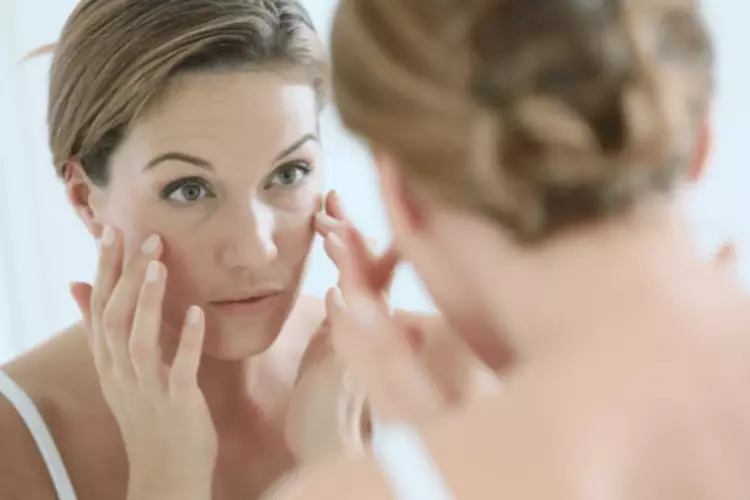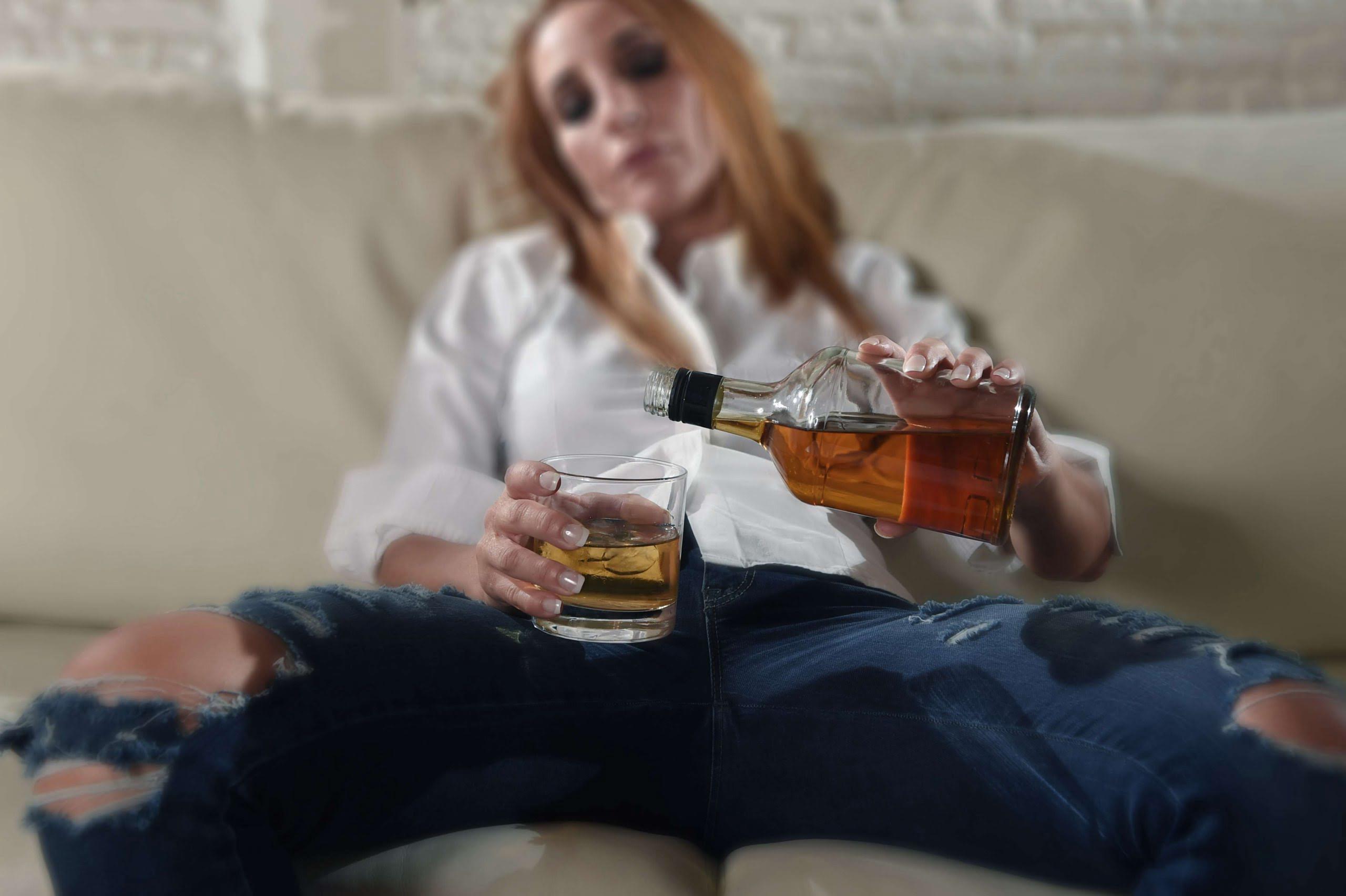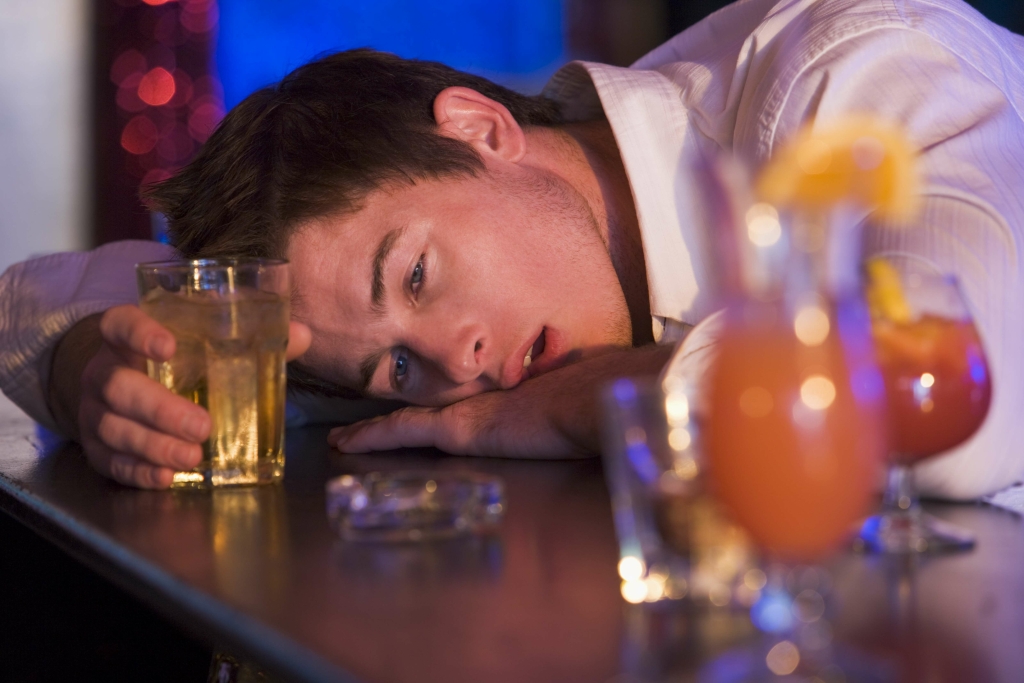Does Alcohol Make You Sleepy? What We Know
Prinz et al. (1980) studiedfive young men over nine nights of drinking (seven of them at home) with a 0.8g/Kg dose(0.08 Breath Alcohol Concentration (BAC) on the laboratory nights) consumed over the hourbefore bedtime. Data are reported from a baseline night; the first and ninth alcoholnights new beginning recovery and a recovery night. Feige et al. (2006)studied five young men and five young women over three nights of drinking. In the first half of the night, when the body is metabolizing alcohol, studies show people spend more time in deep, slow-wave sleep and less time in REM sleep.
Less REM sleep
You’re tossing and turning, and waking up without knowing it—spending 4.39 percent more time awake throughout the second half of the night. As a result, you start waking up—about 17 percent more frequently than you should be throughout the second half of the night, according to a study by Japanese researchers. But when you’re drunk, you don’t get the REM (dreaming) sleep you need. Episodes of confusional arousal tend to last for 5 – 15 minutes, but some episodes may last as long as 40 minutes.
The power behind your next best day
Once you get home, keep your room as dark and quiet as possible so you can sleep peacefully and without interruption. Most importantly, don’t forget to lie on your side in case you get sick in the middle of the night. In addition to loss of gray matter volume and reduced connectivity, downregulation of GABA systems could also partially explain the decrease in both delta powerand the amplitude of evoked delta responses in abstinent alcoholics.
Health Categories to Explore
- If they’re feeling unwell, you can help reduce discomfort by providing a cool and quiet environment.
- Slow Wave Sleep, or deep sleep, promotes the body’s restoration and restfulness and is increased by alcohol.
- People with alcohol in their systems are also generally harder to wake, which means that they’re less likely to experience “arousals” that help them recover from OSA- and CSA-related pauses in breathing.
Confusional arousals also most commonly occur in the first part of the night during your deep sleep cycle. Imagine being awakened from a deep sleep where, instead of feeling ready to take on the day, you feel confused, tense, or a sense of an adrenaline rush. If you’ve experienced such feelings, you may have had an episode of sleep drunkenness.
Slow Speech
If you find a drunk person unresponsive or having difficulty breathing, don’t hesitate to call for emergency help. Moreover, a drunk person can be vulnerable to accidents, falls, and other hazards when left alone. In extreme cases, an intoxicated person may experience alcohol poisoning, which can lead to coma or death. Additionally, if the drunk person is passed out and cannot be woken up, it’s a serious warning sign, and professional help should be sought right away. In summary, staying with a drunk person is crucial for their health, safety, and well-being. While staying with a drunk person, it’s important to make sure they’re hydrated and comfortable.
While it’s common to want to hit the “snooze” button after your alarm goes off, sleep drunkenness causes many people to repeatedly go back to sleep without fully waking up first. Sleep drunkenness is when your brain has the dangers of drinking after work a particularly challenging time waking up, leading to feelings of confusion and grogginess. The symptoms can be so disorienting that it feels as if you are drunk even if you didn’t drink any alcohol the night before.
If you go to bed with alcohol still in your system, you may experience headaches, frequent awakenings, night sweats, more intense snoring, and nightmares. The increase in delta activity is also consistent with alcohol’s GABAagonist properties. GABA mediated hyperpolarization of cortical and thalamo-corticalneurons is thought to underlie the calcium channel mediated burst firing that results inEEG delta activity (Steriade 1999). While alcoholdoes not lead to presynaptic GABA release in the thalamus or cortex the way it does insome other brain regions (Kelm, Criswell, and Breese2011), it does enhance the function of GABAA receptors. In a larger study, Colrain et al. (2009)studied 42 abstinent long-term alcoholics (27 men) and 42 controls (19 men).
Even if it doesn’t present as a full-fledged hangover, alcohol-related sleep loss negatively affects mood and performance. A sleep study can also determine what’s going on and help your doctor develop a treatment plan for a good night’s rest — and awakening. If you’re gray death is the latest “scariest” opioid drug threat feeling confused, aggressive, or panicked upon waking, then you might have had an episode. In rare cases, people have harmed themselves or others while sleep drunk. Some people have tried jumping out of a window, and others have shown violent or aggressive behavior.
Yules, Freedman, and Chandler (1966)studied three young non-alcohol dependent, men over 5 nights of drinking, with 1g/Kgethanol administered 15 minutes before bedtime. Yules,Lippman and Freedman (1967) studied four young men over three or five nights ofdrinking with 1 g/Kg ethanol administered 4 hours before bedtime. While a low dose of alcohol may not affect your short REM in the first stages of sleep, any amount of booze can delay and disturb the later REM cycles.
That’s right, the traditional “happy hour” time is actually when the body is most prepared to process that cocktail. If that mimosa with brunch hits you particularly hard, it may be the result of circadian timing. In fact, a preexisting mental health condition, such as anxiety, is one of the main risk factors for sleep drunkenness.
The substance causes sleepiness by increasing the functioning of the gamma-aminobutyric acid (GABA) neurotransmitter. In this article, we explore the sedative effects of alcohol and ways to avoid this from occurring. We also discuss the possible negative effects of alcohol on the body and sleep. While heavy alcohol use can trigger insomnia, the opposite is also true. People with insomnia have an increased risk of developing alcohol use disorder, potentially because many individuals turn to alcohol as a sleep aid. Alcohol also affects people with central sleep apnea (CSA), which occurs when the brain periodically stops sending certain signals involved in breathing.
If you drink alcohol at night and have trouble falling or staying asleep, you might wonder how long you should wait between your last drink and going to bed so your sleep isn’t impacted. The apparently delayed melatonin rhythms are in contrast to the single studyshowing evidence of an advanced body temperature rhythm early in withdrawal (Kodama et al. 1988), although this was more pronounced inalcoholics with comorbid depression. The temperature rhythm had normalized by three weeks inmost patients. Of course, these recommendations are just the tip of the iceberg when it comes to sleep hygiene. For the full story on how healthy sleep hygiene counteracts sleep drunkenness, check out our in-depth Sleep Guide.
While you are in this state of regenerative sleep, not all is as peaceful as it seems. Your heart rate is elevated and your nervous system is more active than normal, according to Men’s Health. Usually the heart rate and blood pressure increases mainly in later REM sleep, but the alcohol disturbs the flow of these natural processes.
Researchers believe that this may be because as folks are trying to recover from sleep debt, their bodies are attempting to spend more time in SWS (slow-wave sleep)[5], and any waking during that time could result in confusional arousal. Breezing through the earlier phases of sleep will make you more susceptible to waking up in the later half of the night — between the hours of four and six in the morning. When drinking before bed, you may notice that you wake up constantly with the need to use the bathroom, and with a serious hankering for a glass of water. Alcohol is a diuretic, and encourages the body to release fluids because it blocks the hormone that helps the body retain its water. After a night of drinking you can expect that urge to use the bathroom to kick in and disturb your sleep, especially in the early hours of the morning when you are in the lighter REM stages.
This will leave you feeling less rested in the morning, and the proud owner of some serious under-eye circles. To confirm that you’re having confusional arousals, the healthcare provider will get a complete medical history from you. They may have you keep a sleep diary for a couple of weeks and/or do an in-lab sleep study to observe things like your breathing rate and limb movements while you snooze.






